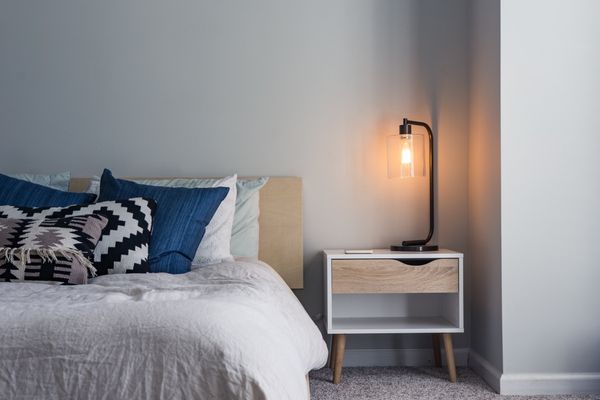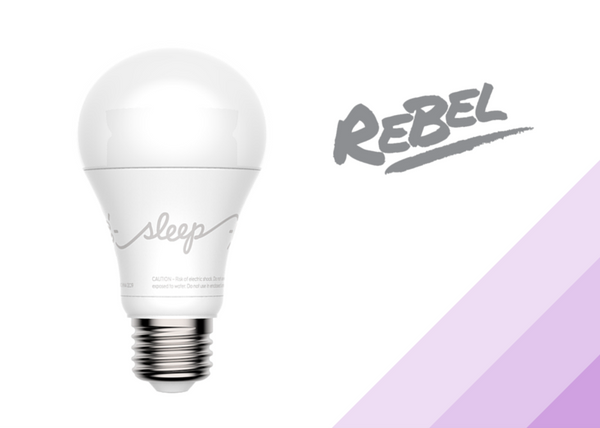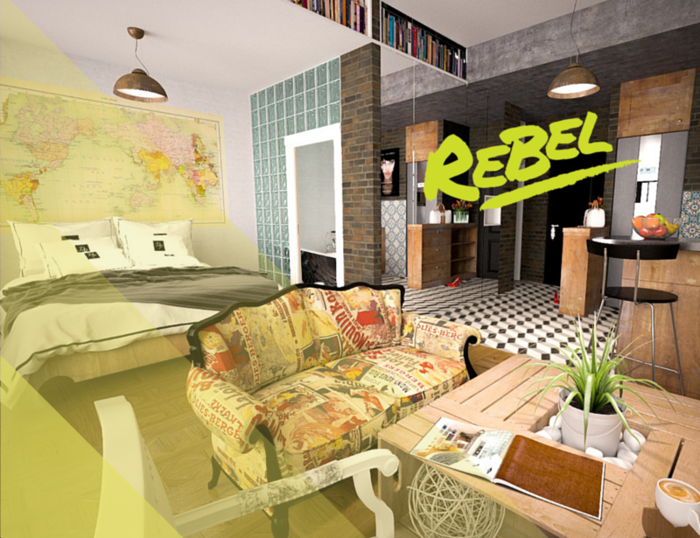
Open-plan offices may encourage collaboration and improve communication, but they may also create barriers to productivity, according to a piece in today's Wall Street Journal. As of 2010, 68 percent of U.S. workspaces had an open-seating or open-plan design, which ditches secluded offices or traditional cubicles in favor of layouts with glass walls and low or no barriers. Some firms say that their open floor plan boosts productivity -- like 22squared in Atlanta, whose employees turn out pitches in days instead of weeks since their move to an open floor plan -- while others cite the visual distractions all that glass enables.
"One of the things we underestimated was the need for individual privacy for phone calls," said Jennifer Appleby, the president and chief creative officer of Wray Ward. They've since added two private rooms.
Open floor plans also aren't conducive for tough talks:
Potentially embarrassing meetings must often be moved elsewhere. If a manager is meeting with an employee to ask, "'Why do sales suck?' or 'Why did we lose this client?'" a glass office leaves "no place to hide," says Mr. Lewis of OperationsInc. Lowering blinds or turning on electronic screens that make glass opaque doesn't help: Onlookers still rusk to email coworkers that somebody "is getting in trouble," Mr. Lewis says. "They might as well be on stage."
Glass-walled workspaces also fuel a noise issue: soundproofed glass walls still let 50 percent to 100 percent more noise through than soundproofed drywall, according to the WSJ. That statistic makes headphones a near-necessity for those who crave quiet while they work.
Do you work in an open-plan office? How do you fight these distractions?







